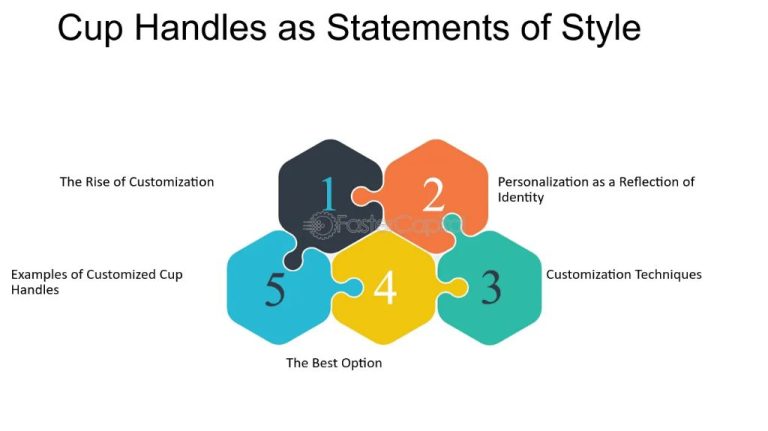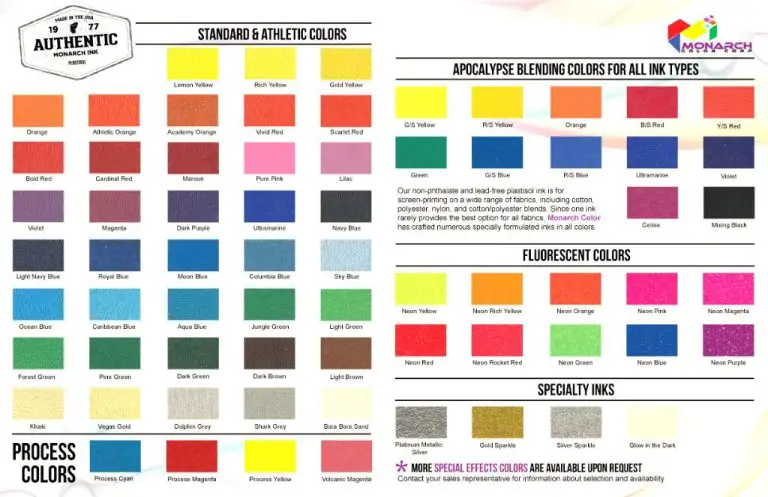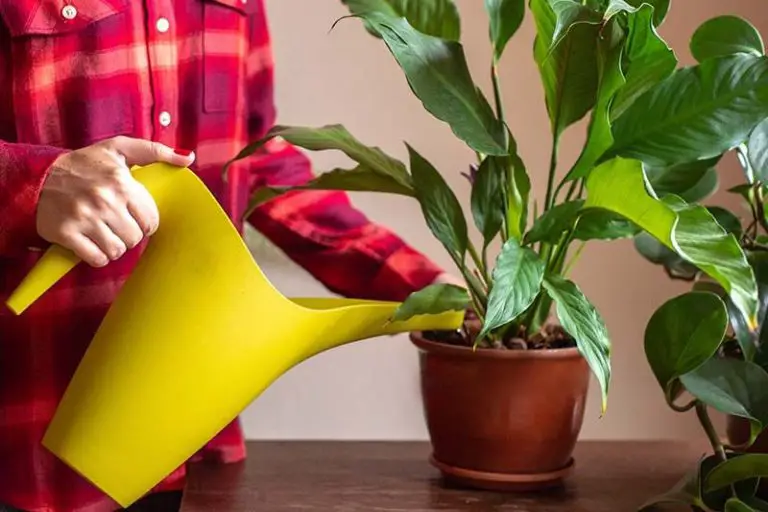What Is The Easiest Clay To Mold?
Clay is a versatile material that has been used for centuries to create sculptures, pottery, and other molded objects. With its flexible and workable properties, clay can be shaped into anything imaginable. From simple arts and crafts to intricate works of art, clay’s moldability makes it one of the most popular mediums for sculptors and crafters alike.
When choosing a clay for molding and sculpting, its texture, flexibility, drying time, and finished hardness are key factors. With many types of sculpting and molding clays available, selecting the easiest one to work with depends on your project and skill level.
Properties that Make Clay Moldable
There are several properties that determine how easy or difficult a particular clay is to mold and shape:
Plasticity
Plasticity refers to a clay’s ability to be molded or formed without cracking or crumbling. A highly plastic clay remains workable and flexible when shaped. Plasticity is affected by the moisture content of the clay.
Workability
Workability describes how easy a clay is to manipulate and form into different shapes. A very workable clay doesn’t require significant effort to roll, bend, cut, or sculpt. Workability is impacted by plasticity as well as the smoothness and texture of the clay.
Drying Time
The drying time determines how quickly the clay hardens and becomes fixed in shape. Clays with a short drying time can be frustrating for beginners as the clay firms up before the sculpture is completed. Longer drying times allow more time to work and reshape the clay as needed.
Air-Dry Clays
Air-dry clays are some of the most popular and easiest clays to mold. As their name suggests, these clays dry and harden at room temperature without the need for baking. The two main types of air-dry clays are Crayola Model Magic and Activa Air-Dry Clay.
Crayola Model Magic is lightweight and soft, making it extremely easy to shape and mold. It’s an excellent choice for beginners and kids. Model Magic doesn’t shrink or crack as it dries. It comes in a variety of bright, vibrant colors. Once dry, it has a matte, papery finish.
Activa Air-Dry Clay provides smooth textures and professional results. It has a porcelain-like quality when dry. Activa doesn’t shrink significantly and produces durable finished pieces. It has a soft, malleable texture that becomes harder as it air dries. Activa can be painted with acrylics once fully dry.
Overall, air-dry clays offer versatile, moldable and forgiving mediums for any crafter. Their ease of use and air-drying properties make them ideal starter clays.
Polymer Clay
Polymer clay is one of the most popular and commonly used clays for modeling, sculpting and crafting. Brands like Sculpey and FIMO are made from PVC resins and plasticizers which bind together when heated or cured. Polymer clay remains flexible after curing and will not dry out or become brittle. It can be shaped into complex designs that hold fine details.
Some benefits of polymer clay include its bright, stable colors, smooth texture and durability. It doesn’t shrink or crack when curing so molds and forms retain their shape. Many brands are non-toxic when cured. Polymer clay can be blended, layered and textured to achieve creative effects. Finished pieces can be painted, varnished or left natural.
Potential drawbacks are that uncured polymer clay is toxic and should be kept away from food surfaces. It can also leave oily residue on hands that is difficult to wash off. Polymer clay requires an oven to cure, typically 15-30 minutes at 275°F. The curing process makes it less ideal for spontaneous, quick crafts with kids. It also cannot be rehydrated after curing like water-based clays.
Oil-Based Clays
Oil-based clays, like plasticine, are made from a non-drying putty. The main oil used in plasticine is petroleum jelly. The traditional recipe for plasticine also contains calcium carbonate and alginic acid. Plasticine is soft, smooth, and extremely pliable. It doesn’t dry out, even if left uncovered for years. This makes it a great choice for molding detailed sculptures.
Some of the pros of using an oil-based clay like plasticine include:
- Doesn’t dry out or harden
- Stays workable for very long periods of time
- Easy to mold into intricate designs
- Vivid colors available
- Reusable – can be melted down and reused
Some of the downsides are:
- Can leave oily residue on hands
- Not suitable for baking/firing
- Relatively expensive compared to other clays
- Colors may bleed together
- Doesn’t air-dry fully, remains slightly tacky
Overall, oil-based clays provide endless workability for molding detailed sculptures, making them a top choice for artists looking to practice and refine their sculpting skills over a long period of time.
Water-Based Clay
Water-based clay, often referred to as ceramic clay or potter’s clay, is one of the most versatile and commonly used types of clay for sculpting and throwing pottery on the wheel. Unlike other clays that can be dried out and reused multiple times, water-based clay maintains its moldable and workable properties only when kept moist. Once fully dried, water-based clay will become hard and brittle.
The amount of water content directly impacts the plasticity and workability of water-based clay. Adding water makes the clay more soft and malleable, while letting clay dry out makes it stiffer. Managing moisture levels is an essential skill in working with water-based clays. Freshly wedged clay with the ideal amount of water will be smooth, flexible, and able to hold its shape without sagging or cracking when handled.
Water-based clay is available in natural earthen tones derived from the minerals present in the clay. Varieties range from earthenware and stoneware clays that fire at lower temperatures, to porcelain clays that require high-fire kilns exceeding 2,200°F to reach maturation. When fired or kiln-hardened, water-based clay transitions into a dense, permanent ceramic material. For unfired work, water-based clays can also be air-dried into fragile pieces.
Due to its wide availability and versatility across firing ranges and building techniques, water-based clay remains a popular choice for potters, sculptors, and art students exploring the possibilities of clay.
Kinetic Sand
Kinetic Sand is a molded sand product composed of 98% sand and 2% polydimethylsiloxane which surrounds each grain of sand. This silicone coating gives the sand its molding characteristics. Kinetic Sand provides a very unique tactile experience and has redefined the sensory experience of sand play. Unlike regular sand, Kinetic Sand can be molded into various shapes and holds its form very well. It pours and spreads like a liquid, yet acts like a soft, moldable solid.
The binding agent in Kinetic Sand gives it its soft, dough-like texture that doesn’t stick to hands or surfaces. This allows designs made with Kinetic Sand to hold their shape even when turned upside down or moved around. The sand flows through your hands and retains crisp edges, fine detail, and allows for ease of molding and shaping. Kinetic Sand provides sensory stimulation and develops fine motor skills. The soft, squeezable texture makes it satisfying to handle and mold. Overall, Kinetic Sand combines features of both sand and clay for a uniquely moldable tactile experience unlike any other sand product.
Kinetic Sand is commonly used to build sand castles, sculptures, and other sand creations like you would with regular sand. However, with Kinetic Sand the creations keep their shape rather than crumbling. This opens up new possibilities for creative sand play. Kinetic Sand provides endless opportunities to squeeze, mold, cut, and sculpt imaginative designs. It can be used to make detailed landscapes, buildings, sculptures, and more. The uniquely moldable yet dry texture allows more intricate and stable sand creations than regular sand.
Comparisons
Here’s a head to head comparison of the moldability, cost, and drying time for some of the most popular types of clays:
Moldability
Polymer clay is extremely moldable and flexible, making it one of the easiest clays to manipulate into any shape. Oil-based clays like plasticine are also highly moldable. Water-based clays can vary in moldability depending on factors like fat content – higher quality clays hold their shape well, while lower quality clays can become sticky and difficult to work with. Air-dry clays and kinetic sand have only moderate moldability since they dry out and lose their plasticity over time.
Cost
Air-dry clays and kinetic sand are generally the most affordable options. Polymer clays are moderately priced. Oil-based clays and high quality water-based clays are the most expensive.
Drying Time
Polymer clays require baking to set the shape, while oil-based clays like plasticine do not dry out at all. Air-dry clays and water-based clays require hours to days to fully dry and harden. Kinetic sand will dry out in minutes if left uncovered.
Best Clay for Beginners
When starting out working with clay, it’s best to choose an option that is inexpensive, easy to work with, and simple to clean up. Key factors to consider include:
- Cost – As a beginner, you’ll want an affordable clay while you’re still learning. Polymer clays like Sculpey and Fimo are budget-friendly at around $1-3 per block.
- Cleanup – Oil-based clays can leave oily residues and stain surfaces and fabrics. Water-based clays like pottery clay are easier to clean up with just water, but require more drying time.
- Workability – Softer, more malleable clays are best for beginners. Polymer clays stay soft until baked and air-dry clays designed for kids are very pliable.
Based on these factors, polymer clays like Sculpey and air-dry clays like Model Magic are good choices to start. They’re inexpensive, require minimal cleanup, and have a soft, workable texture that’s ideal for beginners just learning the basics of sculpting.
Conclusion
When determining the easiest clay to mold, the purpose and skill level are important factors. For beginners and casual sculpting, oil- and water-based clays offer the most flexibility. Their soft, pliable texture enables shaping detailed figures without specialized tools. Polymer clays require baking but produce durable finished pieces. Air-dry clays suit crafters seeking quick-drying models. Kinetic sand provides sensory stimulation in a moldable, non-sticky material. With practice and the right clay, sculpting can become an accessible and rewarding artistic pursuit.



